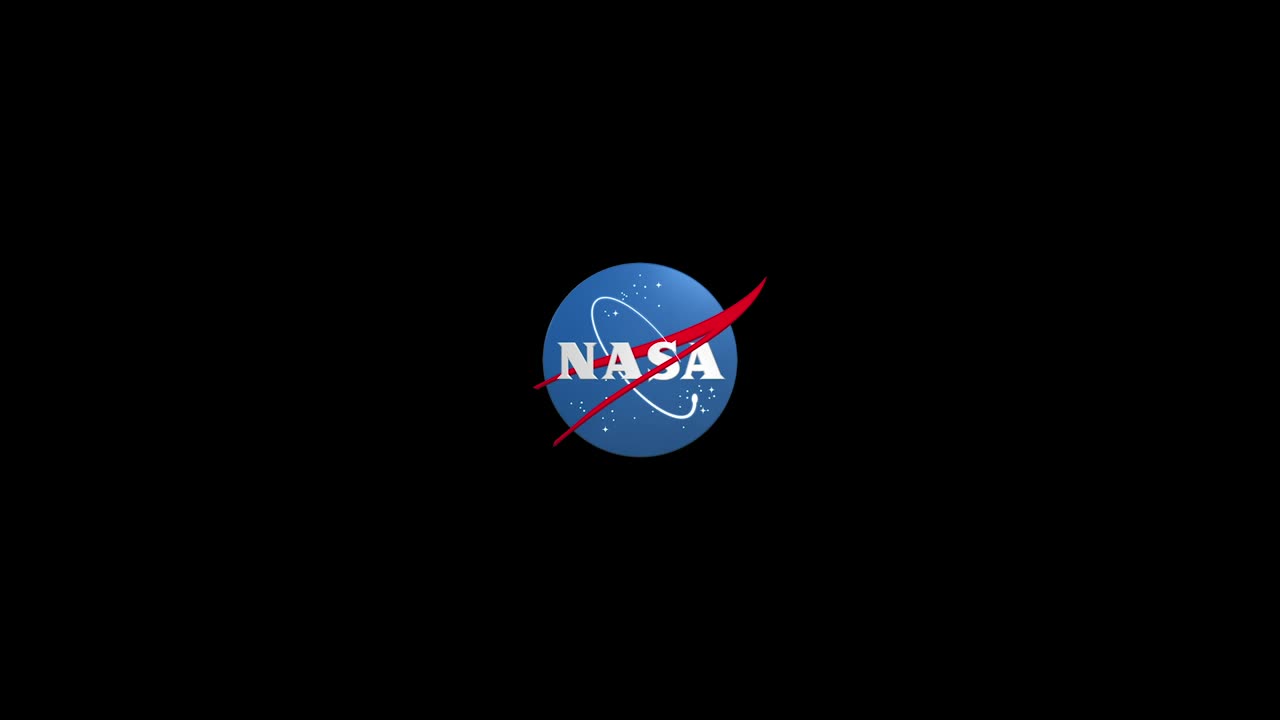Premium Only Content

mercury transit 2019
The Mercury Transit of 2019 was a celestial event that captured the attention of astronomers and skywatchers around the world. This event occurred on November 11, 2019, and it was a rare astronomical phenomenon in which the planet Mercury passed directly between the Earth and the Sun, appearing as a small, dark dot moving across the face of the Sun.
Here is a detailed description of the Mercury Transit of 2019:
1. Occurrence: The Mercury Transit of 2019 was a relatively infrequent event, happening approximately 13 times per century. It occurs when the orbits of Earth and Mercury align in such a way that Mercury crosses the Sun's path as seen from Earth.
2. Timing: The transit of Mercury began on November 11, 2019, and it lasted for about five and a half hours. The entire event was visible from various parts of the world, though the exact timing and duration varied depending on the observer's location.
3. Visual Appearance: Mercury, being a small planet compared to Earth, appeared as a tiny, round silhouette against the brilliant backdrop of the Sun. This dark dot, known as the "transit disk," slowly moved from one side of the Sun to the other during the transit.
4. Viewing Safety: Observing the Mercury Transit or any solar event requires proper eye protection, as looking directly at the Sun can cause severe eye damage. Specialized solar viewing glasses or equipment like solar telescopes and filters were essential for safely witnessing this event.
5. Scientific Importance: Transits of Mercury are valuable for scientific research. Astronomers use them to study the precise movements and characteristics of Mercury's orbit, as well as to refine their understanding of the solar system's dynamics. Additionally, transits can help astronomers detect exoplanets by observing tiny, periodic dips in a star's brightness caused by a planet passing in front of it.
6. Global Viewing: The 2019 Mercury Transit was visible from various regions on Earth, including North and South America, western Europe, western Africa, and parts of Asia. Skywatchers in these areas had the opportunity to witness this celestial event, weather permitting.
7. Historical Significance: Transits of Mercury, like those of Venus, have historical significance in astronomy. They were used in the past to determine the distance between the Earth and the Sun, helping to refine the astronomical unit, a fundamental measurement in astronomy.
In summary, the Mercury Transit of 2019 was a captivating celestial event that allowed skywatchers to observe the rare passage of the planet Mercury across the face of the Sun. It provided both a visual spectacle and valuable scientific insights into our solar system's dynamics.
-
 LIVE
LIVE
JULIE GREEN MINISTRIES
1 hour agoLIVE WITH JULIE
20,418 watching -
 19:15
19:15
Melonie Mac
18 hours agoCrystal Dynamics laid off a bunch of people - what does this mean for Tomb Raider?
12.3K34 -
 12:48
12:48
Degenerate Jay
23 hours ago $0.33 earnedThe Fox X-Men Are Back! Avengers Doomsday Secrets Revealed!
3.7K5 -
 28:29
28:29
CatfishedOnline
23 hours agoFamily Has To Stop Dad From Marrying A Romance Scammer!
9.3K3 -
 13:51
13:51
Adam Does Movies
20 hours ago $0.98 earnedPeople On Their Phones At The Movies Are SCUM! - RANT!
4.3K10 -
 46:07
46:07
The Rich Dad Channel
17 hours agoThis Coach Will Change How You Think About Success - Andy Tanner, Matthew Mitchell
8.54K1 -
 6:06
6:06
Dr. Nick Zyrowski
21 hours agoHigh Dose Glutathione Treats Incurable Disease - (Real Anti-Aging)
5.66K1 -
 14:09
14:09
IsaacButterfield
1 day ago $0.87 earnedRaygun’s Family in Court | Woke School Bans Sports | The American Wombat Thief Update!
11K2 -
 18:19
18:19
Tactical Considerations
17 hours ago $0.58 earnedUnbeatable!! NEW BUL Ultralite Double Stack 1911
8.38K1 -
 14:57
14:57
BEK TV
1 day agoEP 4 - MINOT SHOOTING SURVIVOR JENNI BABCOCK BREAKS HER SILENCE ON DEADLY BETRAYAL
17.1K1